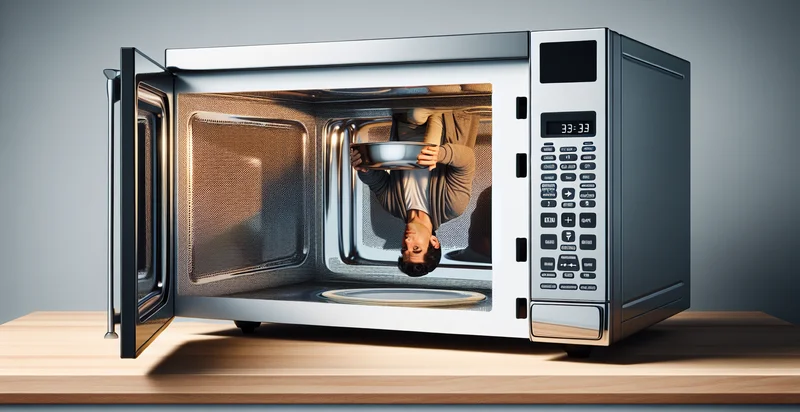Identify if cart is upside down
using AI
Below is a free classifier to identify if cart is upside down. Just upload your image, and our AI will predict if the cart is upside down - in just seconds.

Contact us for API access
Or, use Nyckel to build highly-accurate custom classifiers in just minutes. No PhD required.
Get started
import nyckel
credentials = nyckel.Credentials("YOUR_CLIENT_ID", "YOUR_CLIENT_SECRET")
nyckel.invoke("if-cart-is-upside-down", "your_image_url", credentials)
fetch('https://www.nyckel.com/v1/functions/if-cart-is-upside-down/invoke', {
method: 'POST',
headers: {
'Authorization': 'Bearer ' + 'YOUR_BEARER_TOKEN',
'Content-Type': 'application/json',
},
body: JSON.stringify(
{"data": "your_image_url"}
)
})
.then(response => response.json())
.then(data => console.log(data));
curl -X POST \
-H "Content-Type: application/json" \
-H "Authorization: Bearer YOUR_BEARER_TOKEN" \
-d '{"data": "your_image_url"}' \
https://www.nyckel.com/v1/functions/if-cart-is-upside-down/invoke
How this classifier works
To start, upload your image. Our AI tool will then predict if the cart is upside down.
This pretrained image model uses a Nyckel-created dataset and has 2 labels, including Cart Upright and Cart Upside Down.
We'll also show a confidence score (the higher the number, the more confident the AI model is around if the cart is upside down).
Whether you're just curious or building if cart is upside down detection into your application, we hope our classifier proves helpful.
Related Classifiers
Need to identify if cart is upside down at scale?
Get API or Zapier access to this classifier for free. It's perfect for:
- Retail Inventory Management: Retailers can utilize the "is cart upside down" identifier to automatically check the condition of shopping carts in real-time. This functionality can help ensure that carts are in a usable state, improving customer experience and reducing the physical strain of handling damaged carts.
- Warehouse Logistics Optimization: In warehouses, this function can be employed to monitor how items are stacked in transport carts. By identifying upside-down carts, warehouse managers can quickly rectify loading issues, reducing the risk of product damage and improving operational efficiency.
- E-commerce Order Fulfillment: E-commerce businesses can implement this identifier during the packaging and shipping processes to ensure that products are securely placed in the shipping carts. This helps minimize the chances of items being delivered damaged due to improper handling during transit.
- Automated Shopping Cart Maintenance: Businesses operating shopping cart fleets can use this function to automate the monitoring of cart conditions across their stores. By flagging upside-down carts, maintenance staff can be automatically alerted for repairs or repositioning, improving the overall inventory quality.
- Theft Prevention in Retail: Retail environments can use the "is cart upside down" identifier as part of surveillance systems to detect suspicious behavior. If a cart is found upside down in a discrete area, it may indicate potential theft or vandalism, prompting security teams to investigate.
- Customer Behavior Analysis: Retail analysts can leverage data from this function to study customer behaviors regarding shopping cart usage. Understanding when and why carts are left upside down can provide insights into shopper habits and help enhance layout and merchandising strategies.
- Sustainability Initiatives: Organizations focused on sustainability could use integrated cart monitoring systems to track the state of carts and perform timely maintenance, thereby extending their lifespan. By minimizing waste associated with damaged carts, businesses can bolster their eco-friendly practices.


